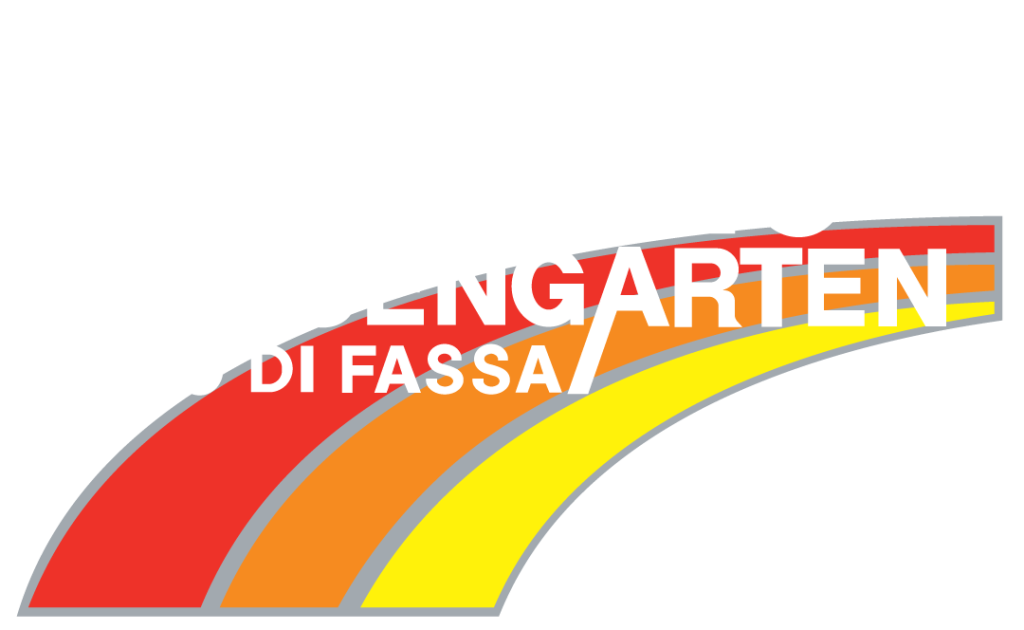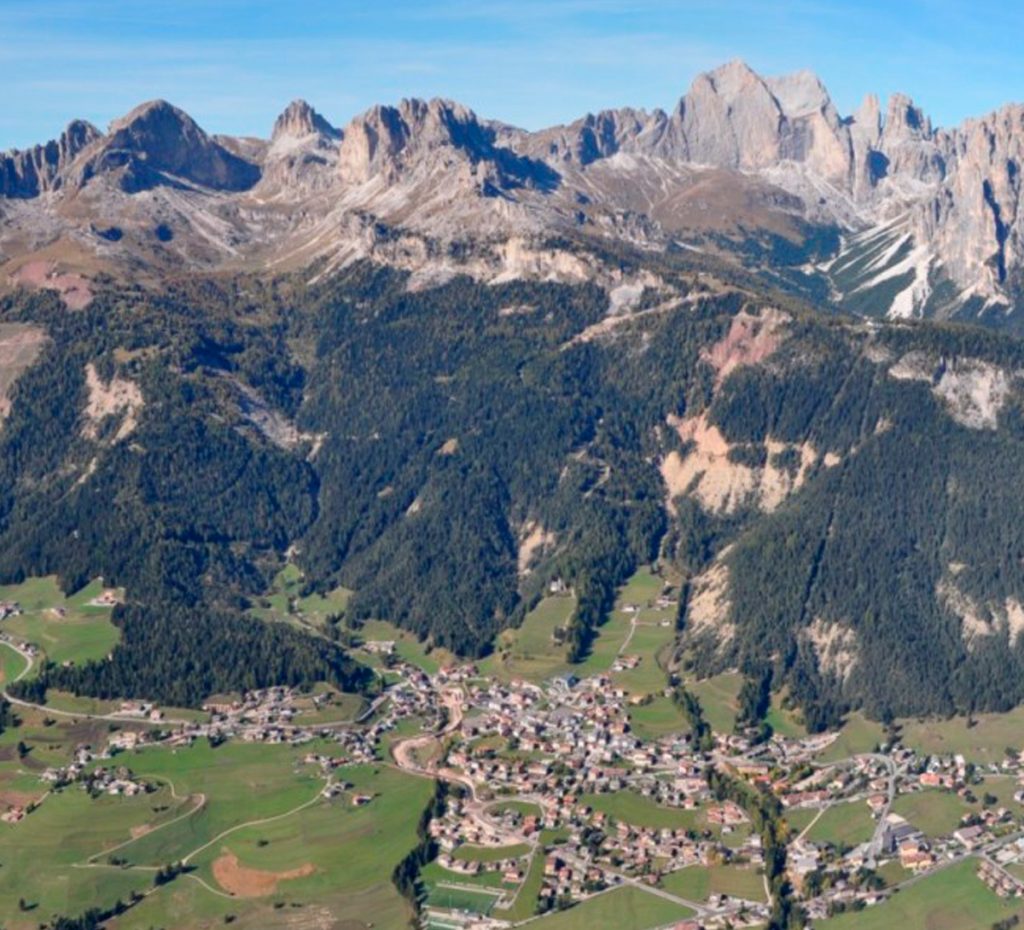Vigo di Fassa (“Vich” in Ladin, pronounced vik) is a community of 1,142 inhabitants that rises to 1,382 metres above sea level. Vigo di Fassa dominates the entire valley from its privileged position on a broad, sunny promontory. Due to its central location close to the main route to the north, Vigo has long been the administrative and religious centre of the valley, with the foundation of the Pieve di Fassa and the establishment of the Corte Masseria during Lombard rule.
Vigo di Fassa borders the municipalities of Pozza di Fassa, Welschnofen, Moena and Soraga. The town has many hotels, and is an important centre for summer excursions in the Catinaccio/Rosengarten massif.


